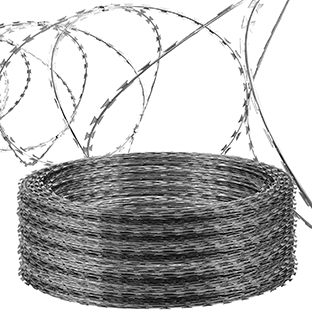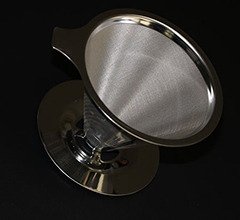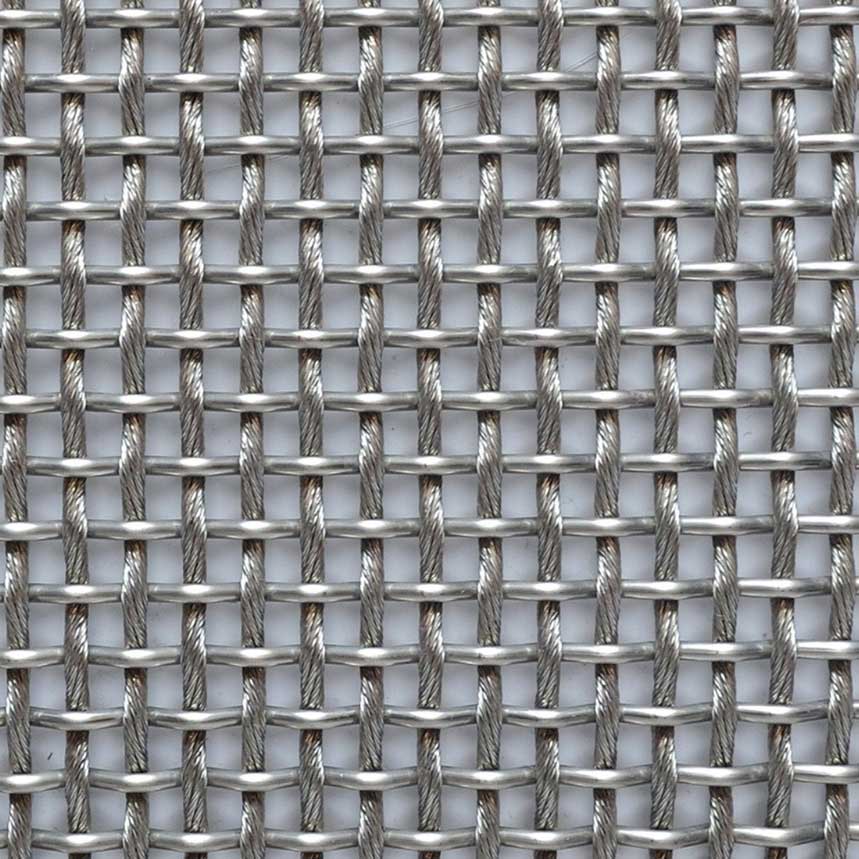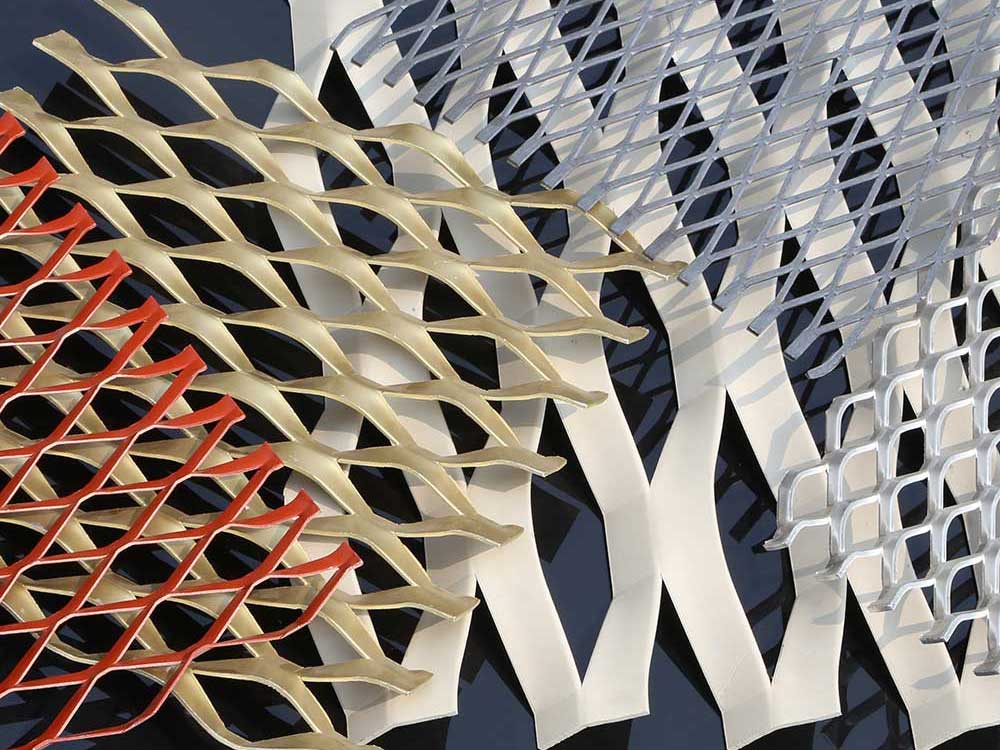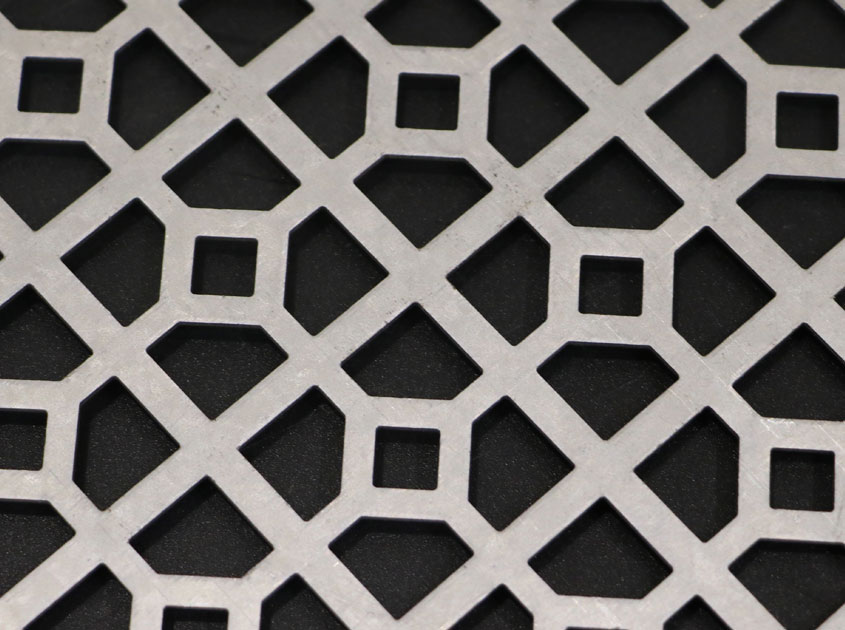Stainless steel wire mesh has gained recognition as an effective shielding material against electromagnetic interference. This article explores the properties and applications of stainless steel wire mesh as an EMI shield.

Conductivity and Permeability:
Stainless steel wire mesh exhibits excellent electrical conductivity due to the presence of chromium and nickel in its composition. This high conductivity allows it to effectively pert and dissipate electromagnetic waves. Additionally, the mesh's permeability, which refers to its ability to allow certain frequencies to pass through while blocking others, can be controlled by adjusting the mesh size and wire diameter.

Faraday Cage Effect:
Stainless steel wire mesh creates a Faraday cage effect, named after the renowned physicist Michael Faraday. When electromagnetic waves encounter a conductive enclosure, such as stainless steel wire mesh, the mesh acts as a shield, redirecting and grounding the electromagnetic energy. This shielding effect prevents external EMI from entering or exiting the enclosed space, protecting sensitive electronic components.

Applications in EMI Shielding:
Stainless steel wire mesh finds extensive use in various applications requiring EMI shielding. It is commonly employed in electronic enclosures, cabinets, and racks to prevent interference between neighboring devices. The wire mesh can also be utilized in high-frequency applications such as data centers, telecommunications, and medical facilities, where the protection of critical equipment and data integrity is paramount.


.jpg)




.png)






































